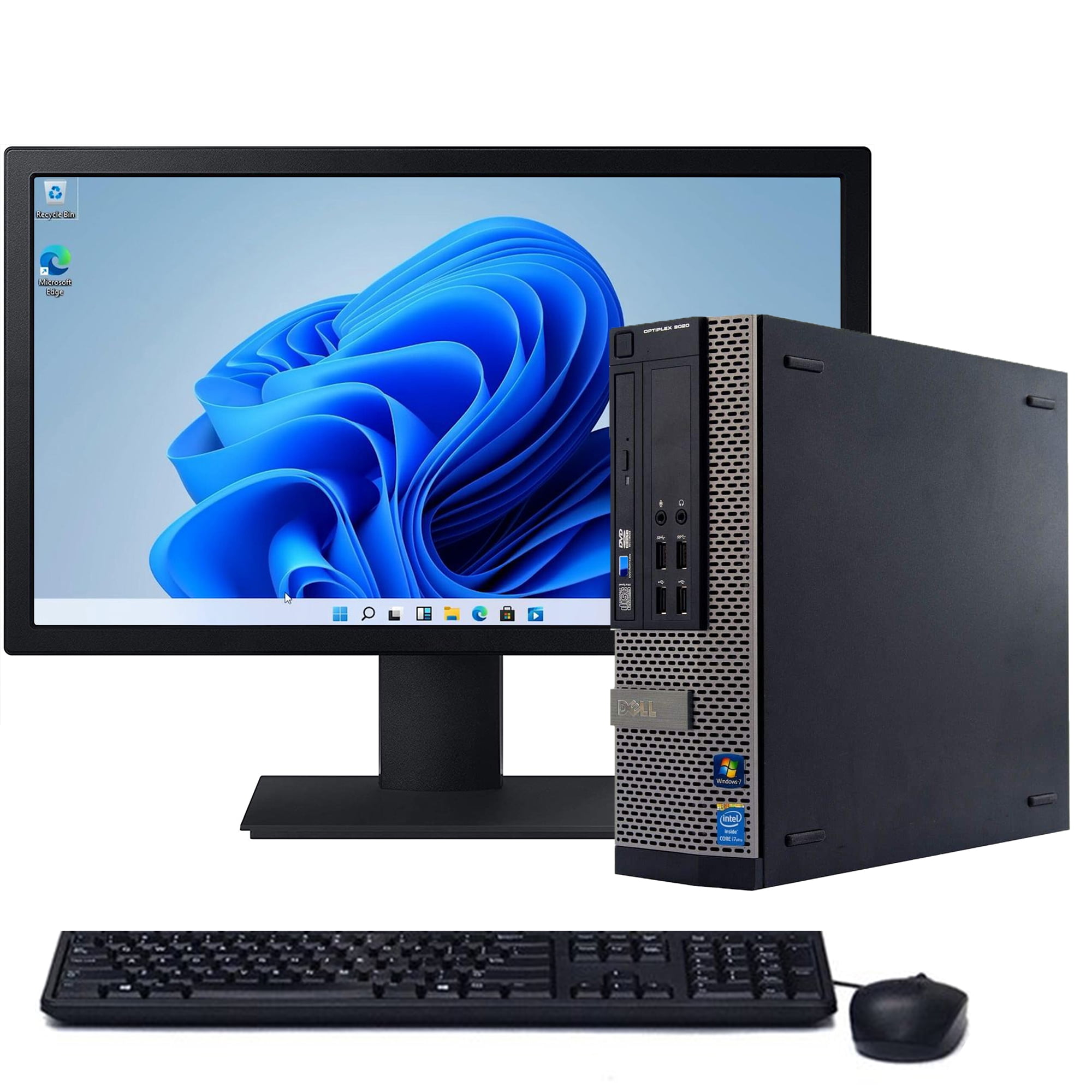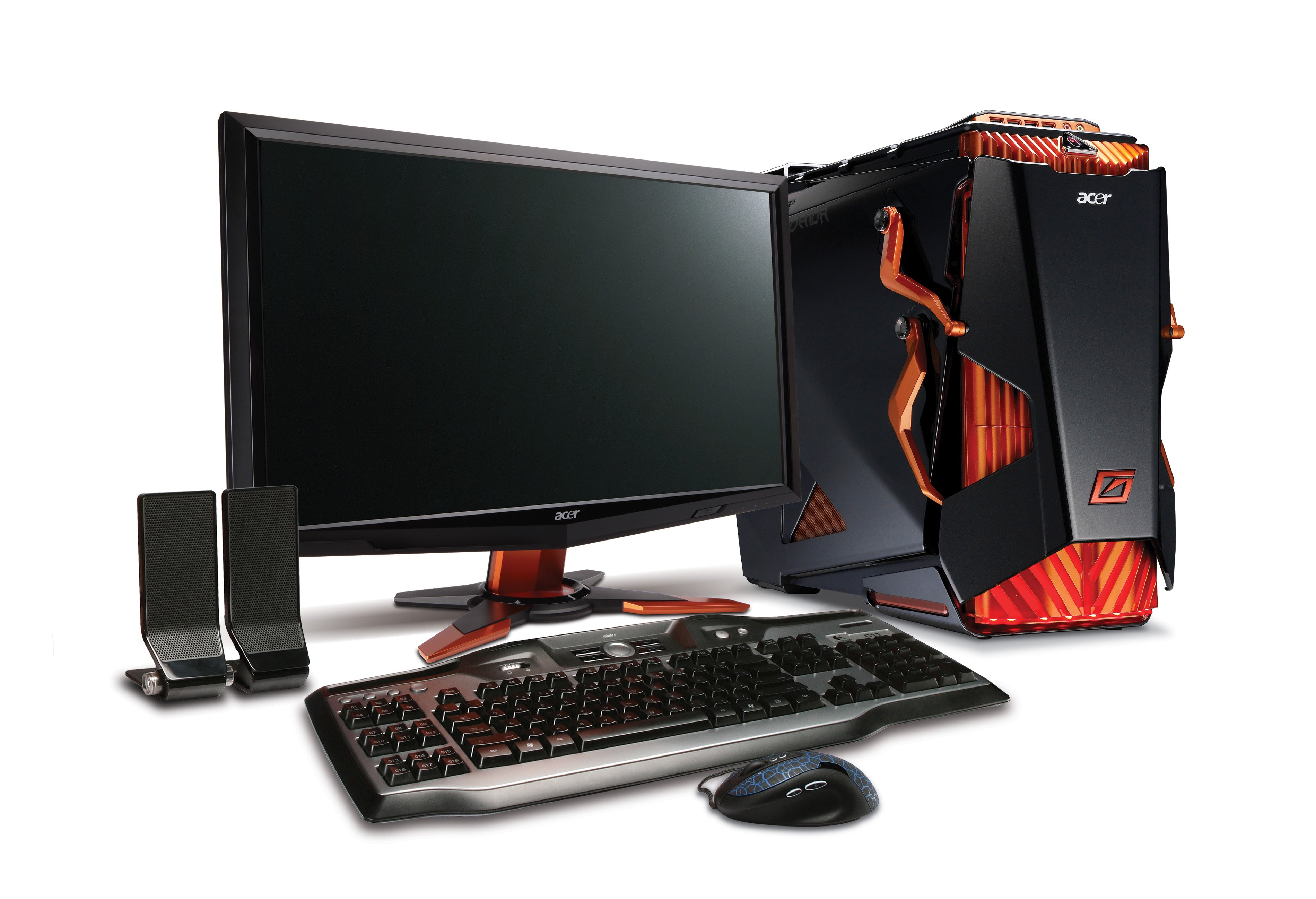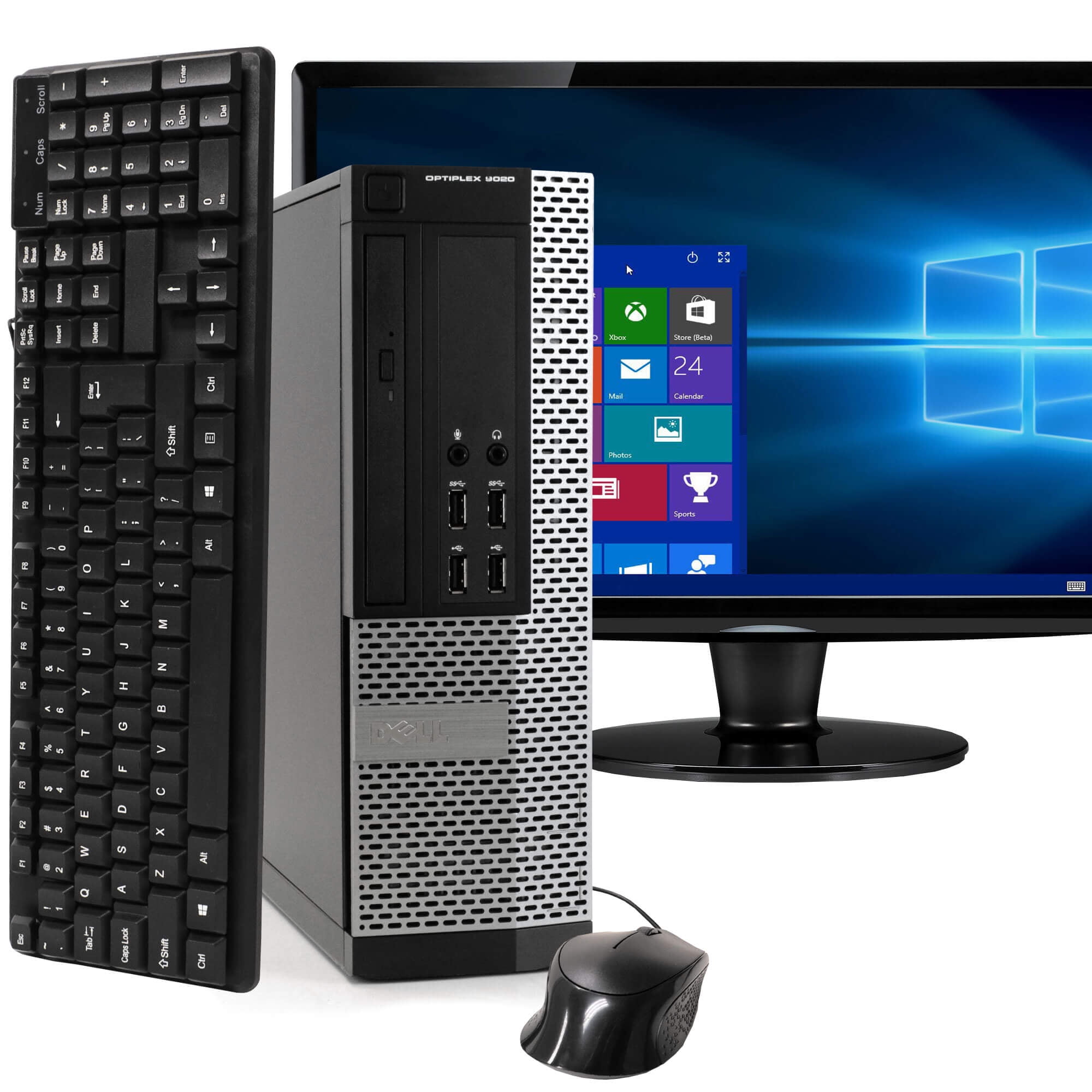The 1980s Computer Revolution: From Niche Tools To Household Staples
My friend, the 1980s was an incredibly exciting decade for the world of computing, marking a pivotal shift that transformed these complex machines from niche tools into household staples. This era saw the birth and proliferation of the first personal computers, fundamentally reshaping how we live, work, and communicate.
With the introduction of personal computers, technology began to infiltrate everyday life, paving the way for a digital revolution that continues to unfold. Companies like IBM and Apple led the charge, making computing accessible to the masses and sparking a cultural shift that would change how we interact with information and each other forever. Let's jump into our DeLorean and set the flux capacitor to explore the fascinating world of computers of the 1980s.
Table of Contents
- A Decade of Digital Transformation: The Rise of Personal Computers
- Iconic Machines: Brands That Defined the Era
- Innovations That Shaped the Future
- Software, Operating Systems, and the User Experience
- The Cultural Impact: How PCs Changed Lives
- The Competitive Landscape and Market Dynamics
- Retrocomputing: Reliving the 80s Digital Dream
- Legacy and Looking Forward
A Decade of Digital Transformation: The Rise of Personal Computers
The 1980s were a pivotal time in the history of computers. After making some tentative steps in the late 70s, the 1980s saw home computing really take off. During this decade, personal computers (PCs) became widely available to the general public, transforming technology from a specialized domain into something that millions could experience firsthand. The early days of personal computing were marked by a great deal of excitement and experimentation, as individuals and businesses alike began to grasp the immense potential these machines held.
The Genesis: From Microprocessors to Home Computers
The groundwork for the 1980s computing boom was laid in the preceding decade. The invention of the microprocessor in the 1970s marked a significant turning point, enabling the creation of smaller, more affordable computers for personal use. These early microcomputers, which entered the market in 1977, laid the foundation for what would become common during the 1980s: the home computer. These machines were a class of microcomputers designed for individual use, often in a domestic setting, rather than for large corporations or scientific institutions.
The growth of the seventies continued in every function within the computer society, but with new dimensions and changing emphasis. This was the decade of new magazines, major standards activities, and a general expansion of the industry's reach. The transition from hobbyist kits to consumer-ready products was a crucial step, making the concept of owning a computer a tangible reality for the average person.
The Personal Computer Takes Off
The rise of the personal computer in the late 1970s and early 1980s truly marked the beginning of the personal computer revolution. This was the time when affordable home computers were introduced to the masses, allowing millions to experience computing for the first time. Hands up if you owned a computer in the 80s! Back then, no young adult’s bedroom was complete without one of these futuristic devices. The market was vibrant, with many companies competing against each other for a slice of the pie. New models were released year after year, each promising greater capabilities and affordability.
- Janney Rivera Chiquis
- Magic Of Ordinary Days
- Orland Park Bakery
- Is Kuma Bonneys Biological Father
- Hector Fast And Furious
The world of personal computers in the 1980s was indeed a wacky, wonderful place. It was a time of rapid innovation, where the boundaries of what a personal machine could do were constantly being pushed. Innovations in microchip design led to incredible advances in computer processing power and capabilities, making increasingly complex tasks possible on a desktop machine.
Iconic Machines: Brands That Defined the Era
In many ways, the computers of the 1980s were very different from the computers we use today. Their designs were distinctive, their operating systems unique, and their capabilities, while revolutionary for their time, seem rudimentary by modern standards. Yet, these machines hold a special place in history, having introduced millions to the digital world. Let's look at some famous, forgotten, and notorious 80s computer brands that became household names.
IBM and Apple: Leading the Charge
When discussing the computers of the 1980s, two giants immediately come to mind: IBM and Apple. These companies led the charge, making computing accessible to the masses and sparking a cultural shift that would change how we live. IBM, a long-established leader in mainframe computing, entered the personal computer market with the IBM PC in 1981, legitimizing the personal computer in the eyes of businesses and serious users. Its open architecture fostered a thriving ecosystem of compatible hardware and software, leading to the rise of "IBM PC compatibles" that would dominate the business world.
Apple, on the other hand, championed a different vision. While their Apple II was already popular, the introduction of the Macintosh in 1984 was a game-changer. The Macintosh, with its graphical user interface (GUI) and mouse, offered a radically different and more intuitive way of interacting with a computer. This bold move by Apple, championed by Steve Jobs, demonstrated that computers didn't have to be intimidating command-line machines. The Macintosh, alongside later models like the IBM PS/1 and PS/2, showcased the diverse approaches companies took to personal computing.
The British Invasion and Beyond: Sinclair, Acorn, and Commodore
While IBM and Apple dominated the U.S. market, other brands carved out significant niches globally. In the early 1980s, computers invaded British homes for the first time, a wave of cheap and futuristic devices that allowed millions of people to discover for themselves what a computer was. These fantastic machines, like the Sinclair ZX Spectrum and Acorn Electron, promised to make computing accessible and fun. The ZX Spectrum, in particular, became a cultural icon in the UK, known for its vibrant games and affordable price point.
However, arguably the most popular home computer model of all time, with over 17 million units sold, was the Commodore 64. Released in 1982, the C64 offered impressive graphics and sound capabilities for its time, making it a powerhouse for gaming and programming. Its affordability and robust design ensured its widespread adoption across the globe, especially in the US and Europe. These machines, along with others like the Amiga, Atari, and Tandy, created a diverse and competitive landscape, each vying for consumer attention with unique features and price points. Here’s a look at some of the six most notable brands that shaped the era:
- Commodore: Famous for the Commodore 64, a best-seller due to its price and capabilities.
- Apple: Revolutionized user interaction with the Macintosh's GUI.
- IBM: Standardized the PC architecture, making personal computers a business staple.
- Sinclair Research: Brought affordable computing to the masses in the UK with the ZX Spectrum.
- Atari: Known for its gaming consoles, also made significant strides in home computers like the Atari 8-bit family.
- Amiga (Commodore): Pushed boundaries with advanced multimedia capabilities, beloved by creatives and gamers.
Innovations That Shaped the Future
The 1980s were not just about the proliferation of machines; they were about groundbreaking innovations that set the stage for modern computing. Bold entrepreneurs brought us new ways of interacting with computers through graphical interfaces and handy input devices like the mouse, making machines far more approachable for the average user. Before the GUI, users typically interacted with computers via command-line interfaces, requiring memorization of complex commands. The shift to visual metaphors and direct manipulation was a monumental leap forward.
Beyond the interface, innovations in microchip design led to incredible advances in computer processing power and capabilities. This allowed for more sophisticated software, better graphics, and faster operations. Furthermore, computer networking started bringing the world closer together. While the internet as we know it was still nascent, the foundations for networked communication were being laid, with bulletin board systems (BBSs) and early online services connecting users across distances. This article presents a detailed timeline of events in the history of computing from 1980 to 1989, showcasing how these individual innovations collectively transformed the landscape.
Software, Operating Systems, and the User Experience
The hardware revolution of the 1980s was paralleled by significant advancements in software and operating systems. Companies like Microsoft played a pivotal role in this transformation. Microsoft's MS-DOS became the dominant operating system for IBM PCs and compatibles, defining the user experience for millions. While text-based, MS-DOS provided a flexible platform for a vast array of applications, from word processors like WordStar to spreadsheets like Lotus 1-2-3.
However, the decade also saw the emergence of graphical operating environments. Apple's Macintosh System Software was the most prominent example, proving the viability and appeal of a GUI. While perhaps not directly related to the general user experience of the time, it's interesting to note the concurrent developments in hypertext: some early work sought to categorize hyperlinks in a way that could be read by computers as well as people. While one pioneer later claimed he hadn't been aware of earlier hypertext work at the time, so it may have been an independent development, this shows the underlying drive towards more intuitive and interconnected information systems.
The software landscape was diverse, reflecting the varied hardware. Each major computer platform had its own ecosystem of applications and games. This era truly fostered a generation of programmers and users who learned to interact with computers on a fundamental level, often by typing in lines of code from magazines. The explosion of software titles, from productivity tools to early video games, made the computers of the 1980s indispensable tools for both work and play.
The Cultural Impact: How PCs Changed Lives
The personal computer revolution of the 1980s fundamentally transformed the way we live, work, and communicate. With the advent of these powerful machines, individuals gained unprecedented access to information and resources right at their fingertips. What started as a niche tool for enthusiasts quickly became a mainstream phenomenon. The ability to type documents, manage finances, play games, and even connect with others (albeit in rudimentary ways) from the comfort of one's home was revolutionary.
The presence of a computer in the home changed family dynamics, education, and entertainment. Children learned programming languages like BASIC, fostering a new generation of digital natives. The computer became a symbol of progress and a gateway to the future. It shifted the focus from large, centralized computing power to distributed, personal control, empowering individuals in ways previously unimaginable. This widespread adoption meant that the impact of computers of the 1980s was not just technological, but deeply cultural, influencing everything from pop music to movies.
The Competitive Landscape and Market Dynamics
The 1980s were a period of intense competition and innovation in the computer industry. Introduction to computing and home computers really took off in the 1980s, with many companies competing against each other for a slice of the pie. New models were released year after year, but only a few became hugely successful. This competitive environment fostered rapid technological advancement, as companies constantly strove to offer more power, better features, and lower prices.
The market was fragmented, with different architectures and operating systems vying for dominance. This led to a fascinating period of experimentation and diverse approaches to personal computing. While some companies, like Commodore with its 64, achieved massive sales volumes, others struggled to find their footing or adapt to the rapid changes. The rise of clone manufacturers, particularly in the IBM PC compatible market, further intensified competition, driving down prices and making personal computers even more accessible to the masses.
This dynamic landscape meant that consumers had a wide array of choices, each with its own strengths and weaknesses. The success or failure of a computer model often depended not just on its technical specifications, but also on the strength of its software library, its marketing, and its community of users. The decade was a true crucible for the personal computing industry, forging the companies and technologies that would define the digital age for decades to come.
Retrocomputing: Reliving the 80s Digital Dream
For those who experienced it, or for new generations curious about the digital past, the world of personal computers in the 1980s remains a fascinating subject. Today, you can experience early video games and operating systems yourself through retrocomputing and ads. Retrocomputing involves collecting, restoring, and using vintage computer hardware and software. It's a vibrant hobby that allows enthusiasts to preserve the history of these machines and relive the magic of an earlier digital era.
Whether it's loading a game from a cassette tape on a Sinclair ZX Spectrum, typing BASIC commands on a Commodore 64, or experiencing the groundbreaking graphical interface of an early Macintosh, retrocomputing offers a tangible connection to the past. It provides insights into how these machines worked, the challenges developers faced, and the ingenuity that went into creating the foundational technologies we often take for granted today. It's a way to appreciate the journey of computers of the 1980s and understand their enduring legacy.
Legacy and Looking Forward
The 1980s were, without a doubt, a pivotal decade in the evolution of computers. They transformed from niche tools into household staples, forever altering the fabric of society. The innovations in microchip design, the introduction of graphical interfaces and handy input devices like the mouse, and the nascent steps in computer networking all laid crucial groundwork for the digital world we inhabit today. For narratives explaining the overall developments, the history of computing often points back to this decade as a period of explosive growth and fundamental change.
In many ways, the computers of the 1980s were very different from the computers we use today. They were slower, had less memory, and often lacked the connectivity we now consider essential. Yet, their impact was profound. They democratized access to computing power, inspired a generation of innovators, and set the stage for the internet revolution that would follow. The excitement and experimentation of those early days continue to resonate, reminding us that every technological marvel began with a bold idea and a willingness to explore the unknown.
Conclusion
The journey through the computers of the 1980s reveals a period of unparalleled innovation, fierce competition, and profound cultural transformation. From humble beginnings in the late 70s, home computing truly took off, bringing powerful machines into millions of homes and fundamentally changing how we live, work, and communicate. This decade saw the rise of iconic brands like IBM, Apple, Commodore, and Sinclair, each contributing to a vibrant and diverse computing landscape that laid the essential groundwork for the digital age.
We hope this deep dive into the 80s computing revolution has sparked your curiosity and perhaps a touch of nostalgia. What are your favorite memories of computers from the 1980s? Did you own a Commodore 64, an IBM PC, or perhaps a Sinclair ZX Spectrum? Share your thoughts and experiences in the comments below! If you enjoyed this article, please consider sharing it with friends and fellow tech enthusiasts, and explore our other articles for more fascinating insights into the history and future of technology.



Detail Author:
- Name : Roderick Champlin MD
- Username : mckenzie70
- Email : melyssa.dibbert@nienow.org
- Birthdate : 1978-05-08
- Address : 6268 Earl Roads Suite 005 South Jenamouth, NV 29896
- Phone : +1 (364) 927-8644
- Company : Feil Ltd
- Job : Fire-Prevention Engineer
- Bio : Et aliquam quos saepe. Architecto non incidunt laborum voluptatem dignissimos optio vitae. Aliquid libero similique officia temporibus repellat quod quibusdam.
Socials
instagram:
- url : https://instagram.com/nicolas2020
- username : nicolas2020
- bio : Officiis saepe modi amet. Architecto quos tempora ipsam fugit porro illo. Tempore quis tempora aut.
- followers : 4889
- following : 490
facebook:
- url : https://facebook.com/nicolase
- username : nicolase
- bio : Eos et quia unde dignissimos.
- followers : 3746
- following : 914